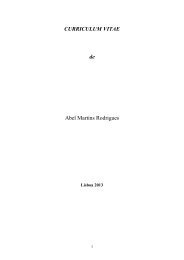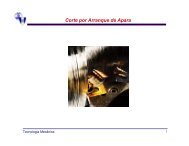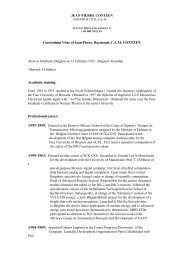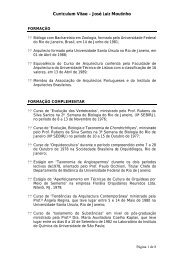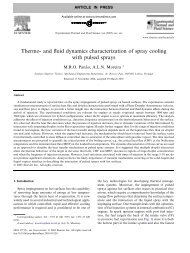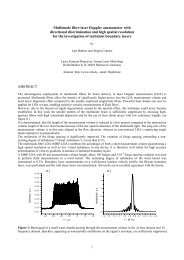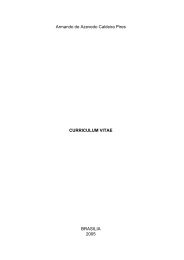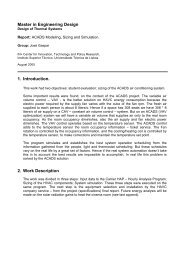download
download
download
Create successful ePaper yourself
Turn your PDF publications into a flip-book with our unique Google optimized e-Paper software.
Table 3. Focal length and control volume dimensions, in back scatter, of the lenses employed<br />
Probe Focal length Diameter dx1 Diameter dx2 Length dx3<br />
Blue Probe 240 mm 0.05 mm 0.05 mm 0.37 mm<br />
Green probe 310 mm 0.07 mm 0.07 mm 0.63 mm<br />
Red Probe<br />
310 mm 0.07 mm 0.07 mm 0.63 mm<br />
500 mm 0.125 mm 0.124 mm 1.7 mm<br />
X 3<br />
X 2<br />
X 1<br />
X 2<br />
X 3 X 1<br />
(a)<br />
(b)<br />
2<br />
Figure 2 Probe arrangement to measure the velocity gradients: (a) ( ∂ u x ) , ( ∂ u ∂ ) 2<br />
; (b) ( u ∂ ) 2<br />
( u ∂ ) 2<br />
∂ .<br />
3<br />
x 1<br />
1<br />
∂<br />
1<br />
1<br />
x 3<br />
∂ ,<br />
3<br />
x 3<br />
The probes are aligned in air using a pinhole of 50 µm. Once in water, to overcome the effect of refraction, it is<br />
necessary to adjust the relative position of the three control volumes along the X 2 axis by a known distance. As<br />
suggested by Benedict & Gould (1996) a further optimisation of the alignment is achieved computing the spatial<br />
correlation coefficient R ii (0) for different relative positions of the probes until a maximum is found.<br />
The spatial gradients ( u ∂ ) 2<br />
∂ are estimated calculating the function f ii (∆x j ) defined in (9) for the different<br />
i<br />
x j<br />
positions examined around the reference point x i :<br />
f<br />
2<br />
( x ) = (u (x , t) − u (x + ∆x<br />
, t))<br />
ii j<br />
i j<br />
i j j<br />
∆ (9)<br />
When computing the coefficient f ij (∆x j ), the velocity fluctuations u i in the two different points of measurement<br />
must come from particles which cross the two control volumes at the same time. This condition is imposed by<br />
finding the couples of particles that satisfy the following simultaneity criterion:<br />
|t 1 -t 2 | < τ w , (10)<br />
where t 1 and t 2 are the arrival time and τ w is a time coincidence window.<br />
Once the function f ij (∆x j ) is known, the spatial gradient can be calculated from (11)<br />
2<br />
( u ( x , t) − u ( x + ∆x<br />
, t<br />
)<br />
2<br />
⎛ u ⎞<br />
i j<br />
i j j<br />
⎜<br />
∂<br />
i<br />
⎟ = lim<br />
(11)<br />
x 0<br />
2<br />
j<br />
x<br />
∆ ⇒<br />
⎝ ∂<br />
j ⎠<br />
∆x<br />
j<br />
The spatial gradient can be evaluated by finding the slope of the straight line which best fits the points (∆x 2 j ,<br />
f ii (∆x j )) for ∆x j values close to zero. Once all the gradients have been determined, the value obtained for the<br />
dissipation rate estimated from equation (6) for homogenous flow is compared with the value obtained from<br />
equation (7) for grid turbulence flow.<br />
5



